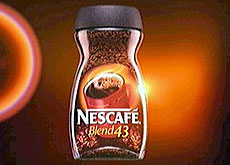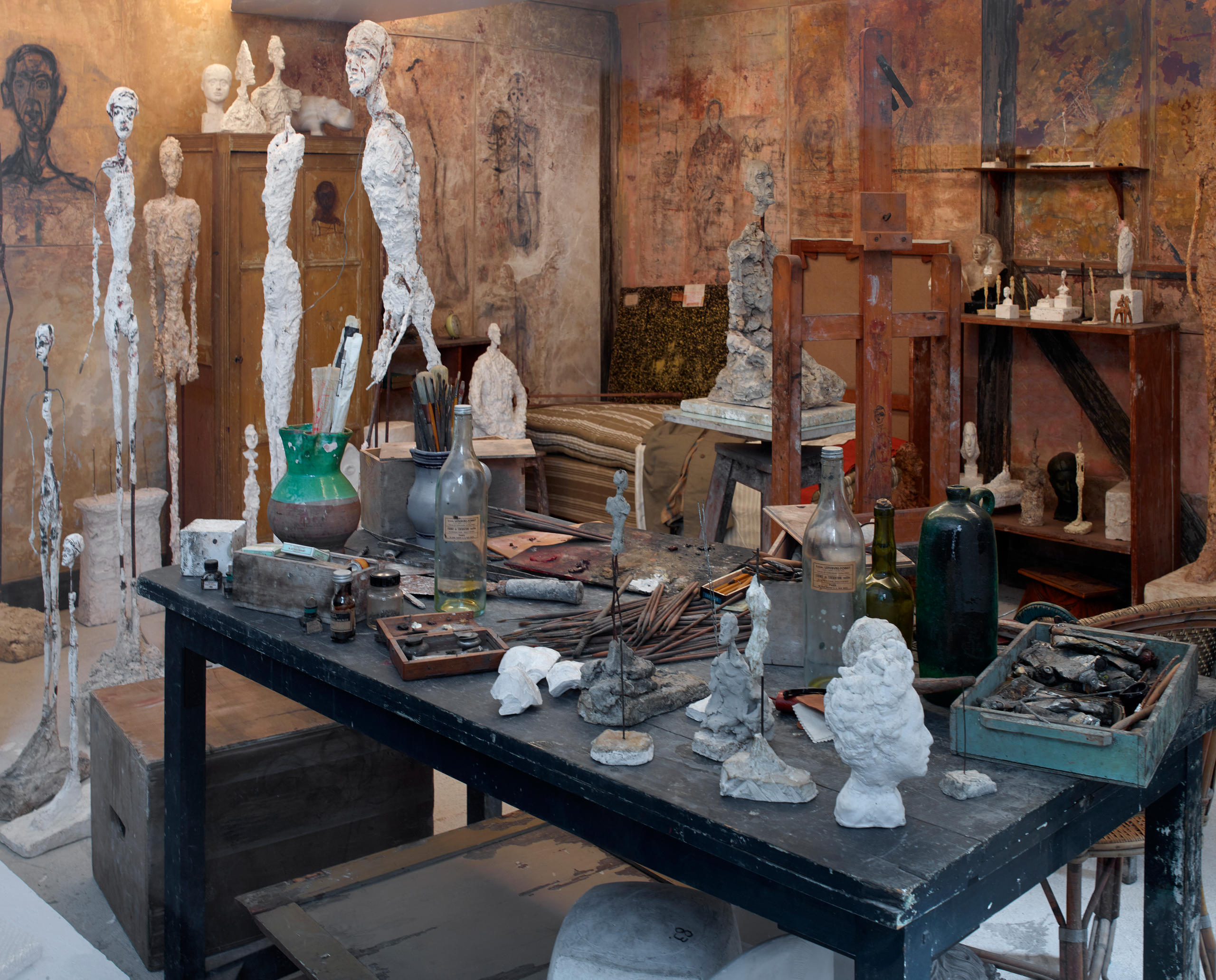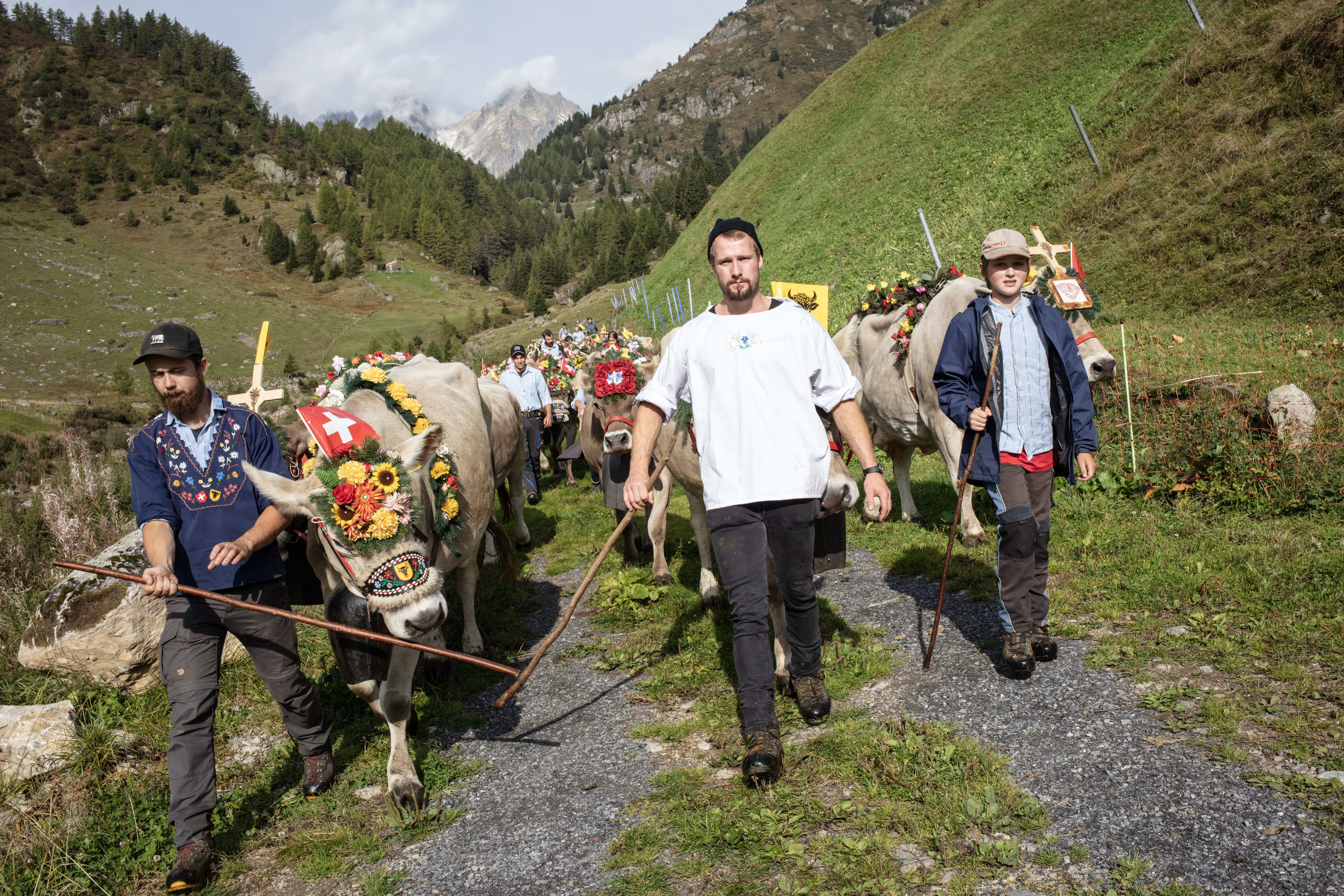
Nescafé continues to roast coffee rivals

A surplus of coffee in Brazil, the generosity of American GIs and convenience have all played key roles in the success of Nescafé.
Today some 3,900 cups of Nescafé are drunk every second, with the trend ever upwards.
The soluble coffee from the house of Nestlé has spread its aroma to many parts of the globe since it was introduced on the market in 1938. But commercialisation of the product at the outset was not an “instant” hit.
Its origin dates back to a time when Brazil was at a loss to know what to do with its surplus of green coffee.
“In the 1930s, Brazil experienced a whole series of very good coffee harvests and they had a hard time selling the product, to the extent that at one point some of the locomotives in Brazil were using coffee instead of coal,” Nestlé spokesman François-Xavier Perroud told swissinfo.
Rather than destroy part of the crop to avoid a collapse in prices, Brazil turned to Nestlé in Vevey to try to find a solution to the problem.
The idea was to manufacture “coffee cubes” which would have the advantages of preserving the flavour and dissolving easily in hot water.
It was thought that convenience, together with Nestlé’s strong sales organisation, would result in increased demand for coffee.
Previous efforts elsewhere to make an acceptable crystallised or liquid coffee had proved unsuccessful.
Breakthrough
After years of research, the breakthrough came in the spring of 1937 through the efforts of a team of researchers led by Max Morgenthaler.
“The original idea was clearly to take some of the complexity out of the preparation of coffee. Basically, soluble coffee brought a convenience to the consumer,” Perroud explained.
“It was also a product that could be kept very much longer than the original roast and ground coffee,” he added.
When the final product reached the market it was not in cube form but in the form of a water-soluble powder. This enabled the consumer to vary the strength of the coffee as desired.
Technological revolution
“The revolution was clearly in the technology. If you simplify it to the extreme, it is making coffee and then spray-drying it,” Perroud said.
“That means heating the product and having it go through an Egron, which is a heating tower, which will then result in a powder that can easily be dissolved in a cup of warm water,” he added.
A later refinement was the introduction of freeze-drying, a technological process that allows more of the very complex aroma to come through to produce some of the top quality soluble coffees.
Although the original aim was to manufacture Nescafé in Brazil, the idea had to be abandoned since there were no hopes of a relaxation of the country’s laws governing the use of coffee.
Swiss production
Nestlé therefore took the decision to start production in Switzerland at its factory in Orbe, in canton Vaud. Nescafé was launched on the Swiss market on April 1, 1938.
Despite the difficulties created by the outbreak of the Second World War, Nestlé and allied companies began manufacturing Nescafé from 1939 in England, France and the United States, and a year later in Argentina and South Africa.
But the war put a stop to the commercial distribution of Nescafé.
“From a commercial point of view, the launching period could not have been worse. But the American authorities soon decided it was vital for feeding and keeping their armed forces awake and aware,” Perroud told swissinfo.
Although the US authorities forced Nestlé to disclose the patent to all the other companies that were producing or capable of producing a soluble coffee, the product became part and parcel of the so-called C rations, which the American troops took with them on service.
Generous GIs
“It created a very faithful and loyal consumer group among the armed forces… and the American GIs were very generous in distributing their C rations to the people they met,” Perroud said.
But it was not until 1945 that steps could be taken to meet public demand in an enormous market.
Nescafé has over the years become so important to Nestlé that the brand now has its own strategic business unit at company headquarters.
Extensive research continues to keep it the world’s market leader. Today’s consumers demand product novelty, innovation and ever more sophisticated taste profiles.
Not the same
Nescafé is not the same all over the world simply because the tastes of consumers differ from country to country.
“We have to adapt and we do. Our approach is that we respect consumers’ wishes and we try to give them a product that they will like, that they will remain loyal to and that they will buy again,” Perroud said.
“There is not one Nescafé – there are about 200 different types of Nescafé on the market today,” he added.
A visitor to Nestlé headquarters might well wonder if the company serves any other brand to its staff or guests.
“I suspect that if anybody came up with the idea of serving a product other than Nescafé here, his or her career would be very short,” Perroud commented.
swissinfo, Robert Brookes
The name Nescafé is a contraction of Nestlé and café.
In 2002, Nestlé posted sales of SFr8.3 billion ($6.06 billion) in the soluble coffee sector. Total Nestlé group sales were SFr89.2 billion.
There are 27 Nescafé factories worldwide, 14 of them in developing countries.
55% all Nescafé is produced in the developing world.
A team of researchers led by Max Morgenthaler came up with Nescafé in 1937 after several years of work.
The Second World War hampered commercialisation of the product, although American GIs took soluble coffee with them on active service.
There are now about 200 different types of Nescafé on the market.

In compliance with the JTI standards
More: SWI swissinfo.ch certified by the Journalism Trust Initiative






























You can find an overview of ongoing debates with our journalists here . Please join us!
If you want to start a conversation about a topic raised in this article or want to report factual errors, email us at english@swissinfo.ch.